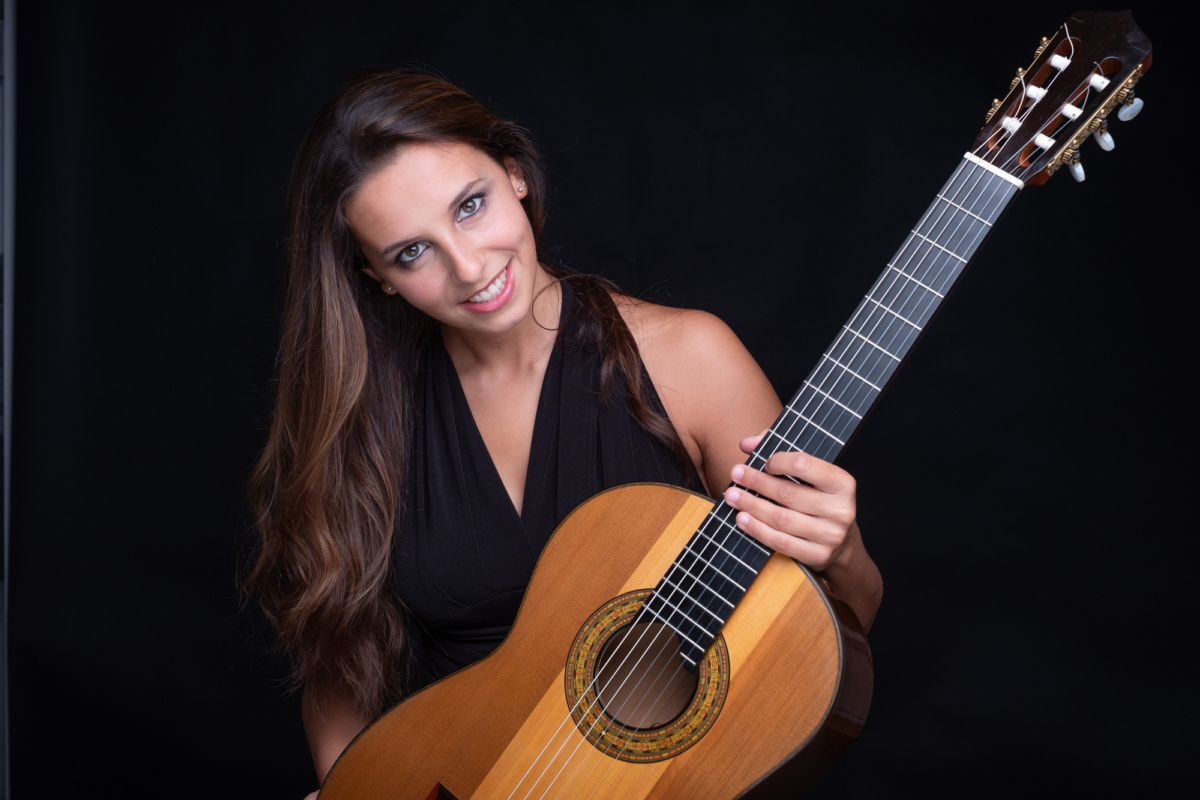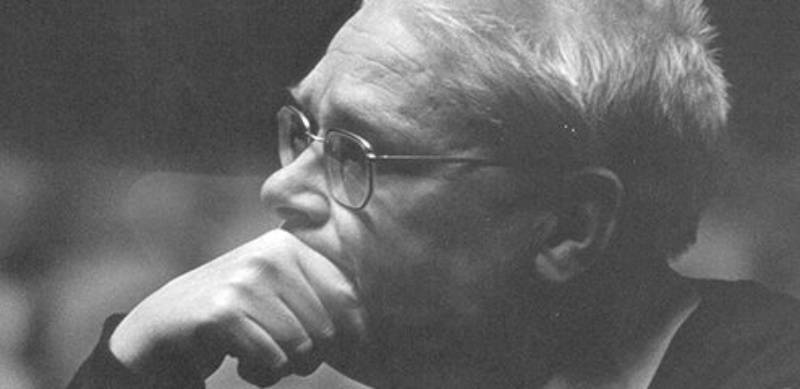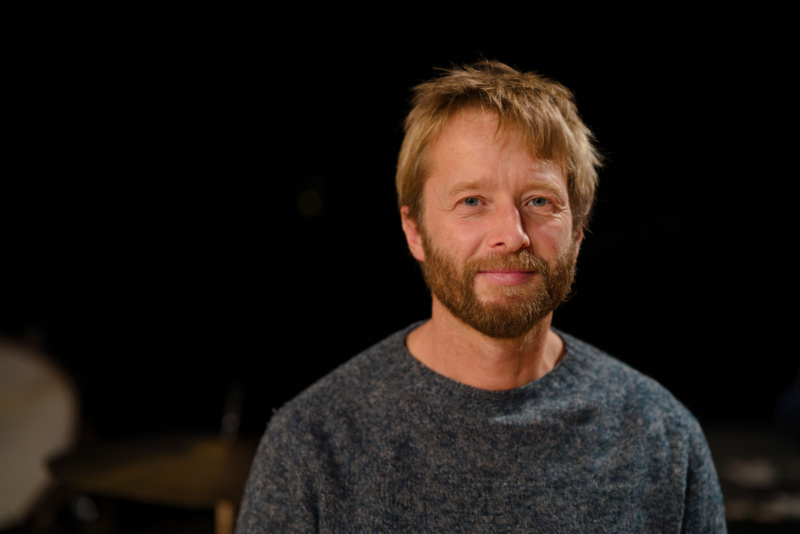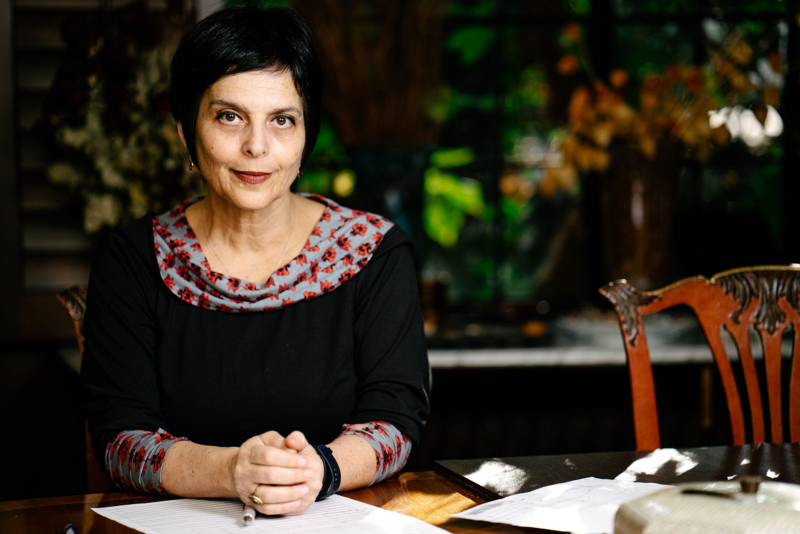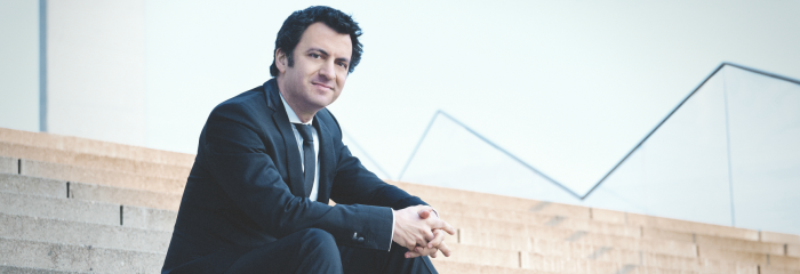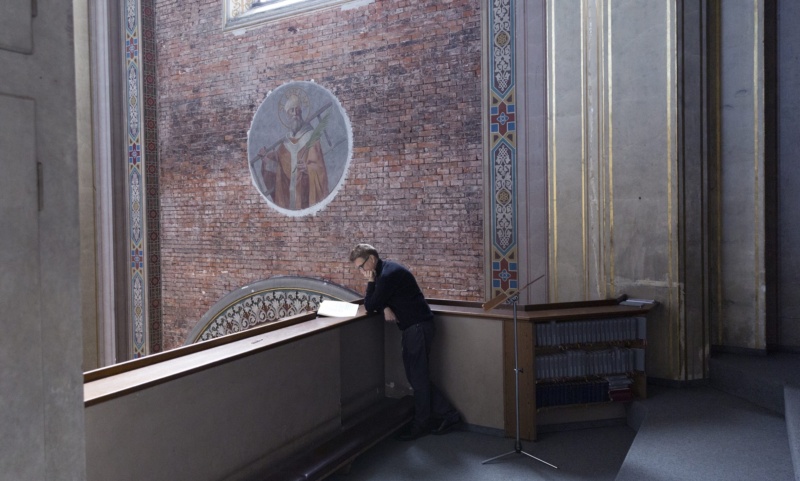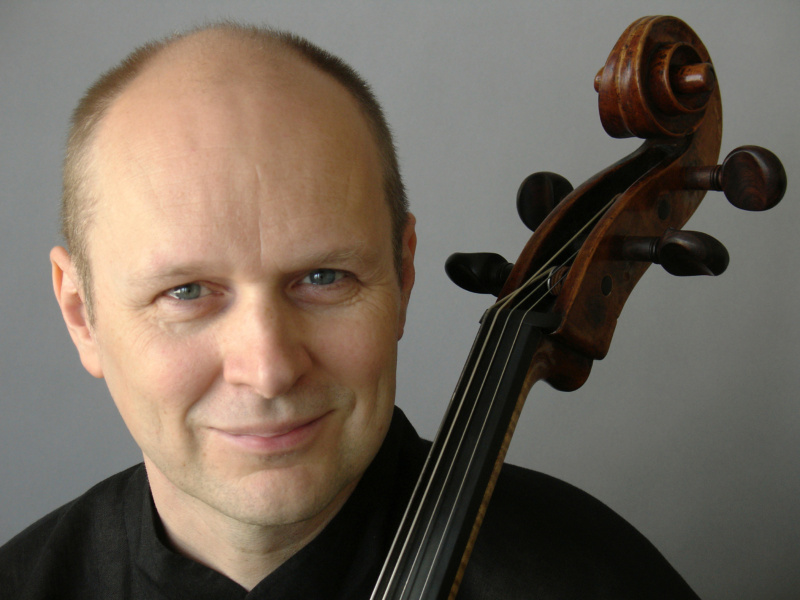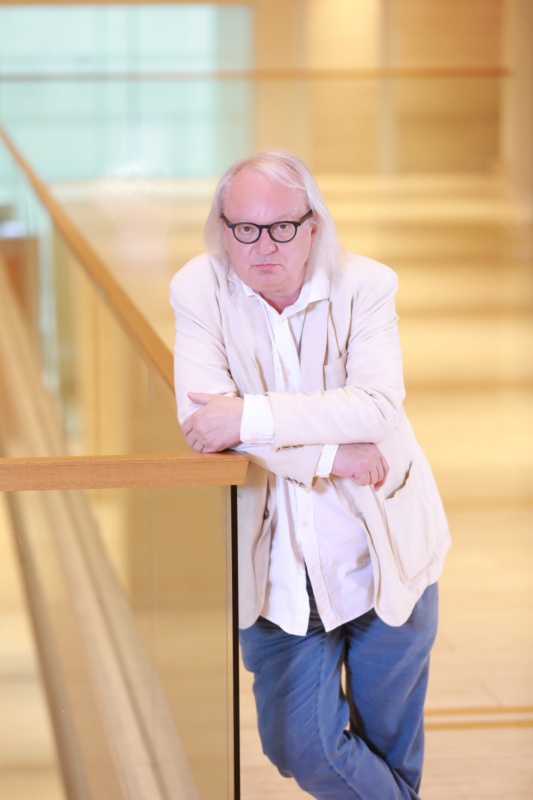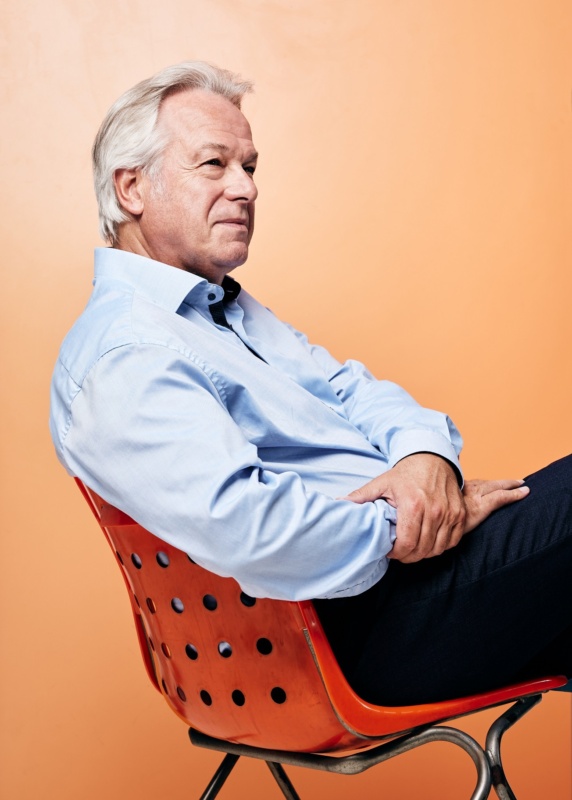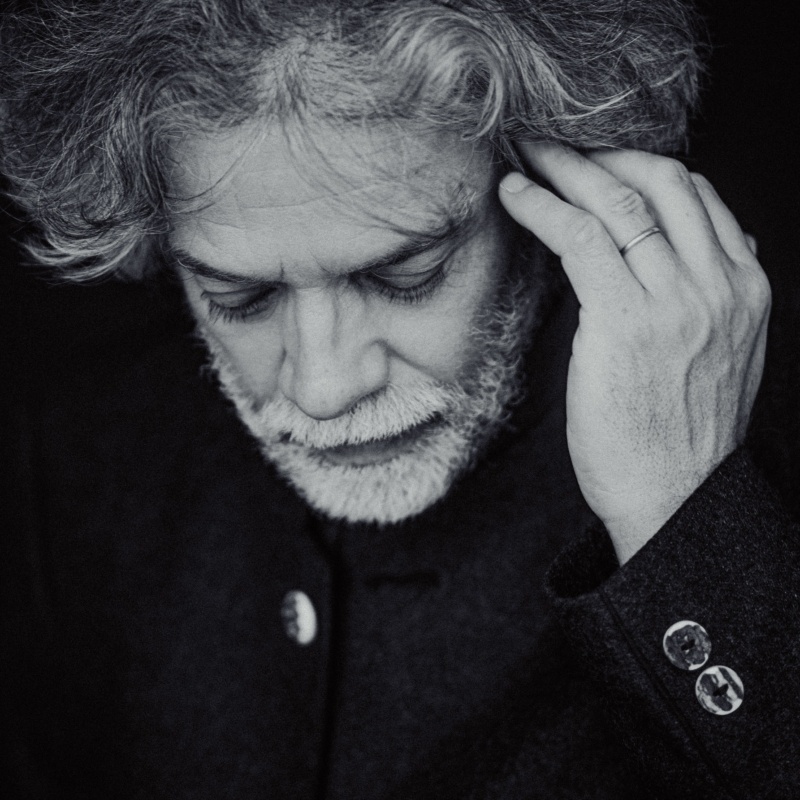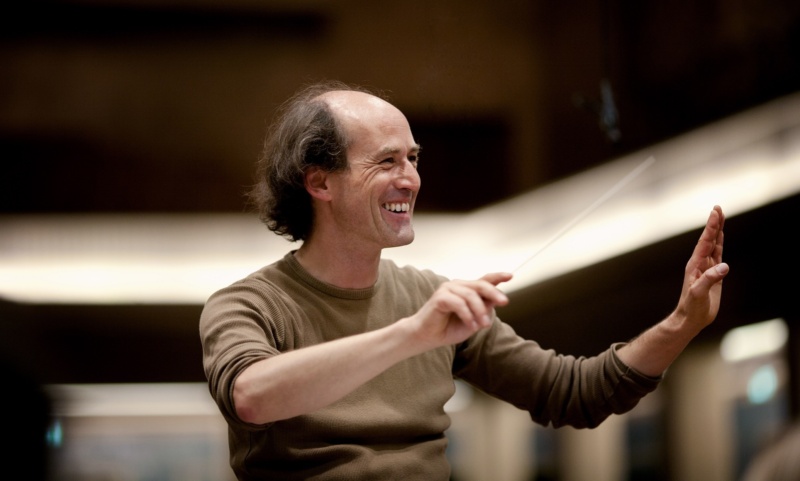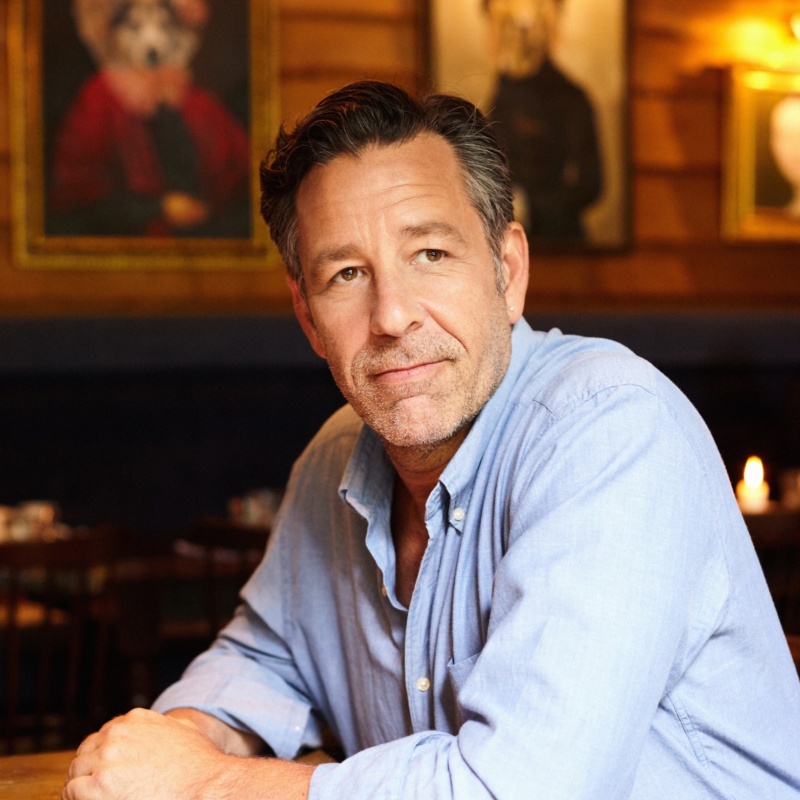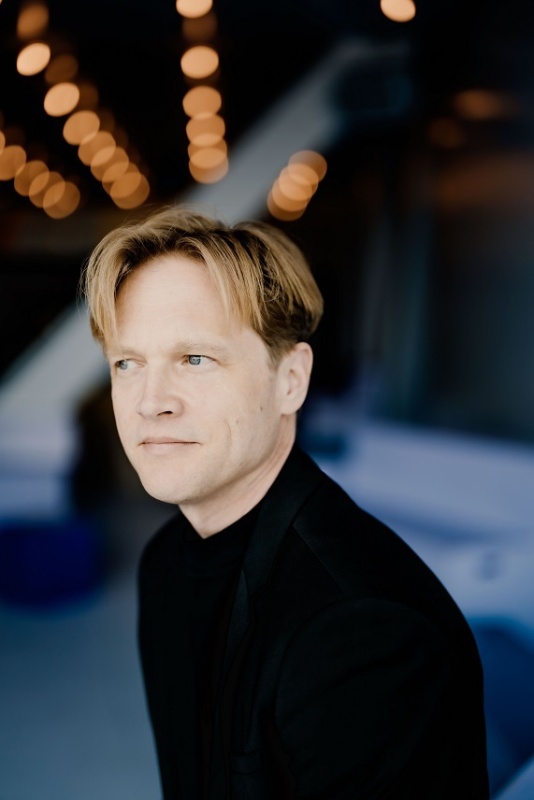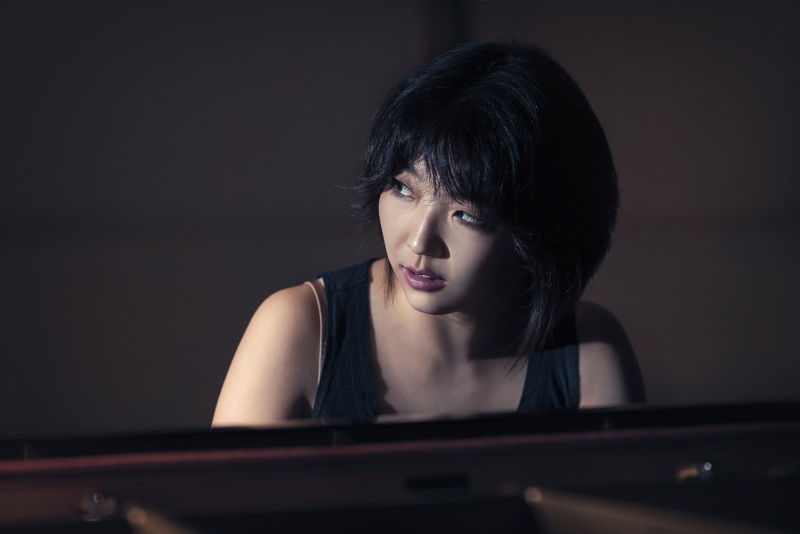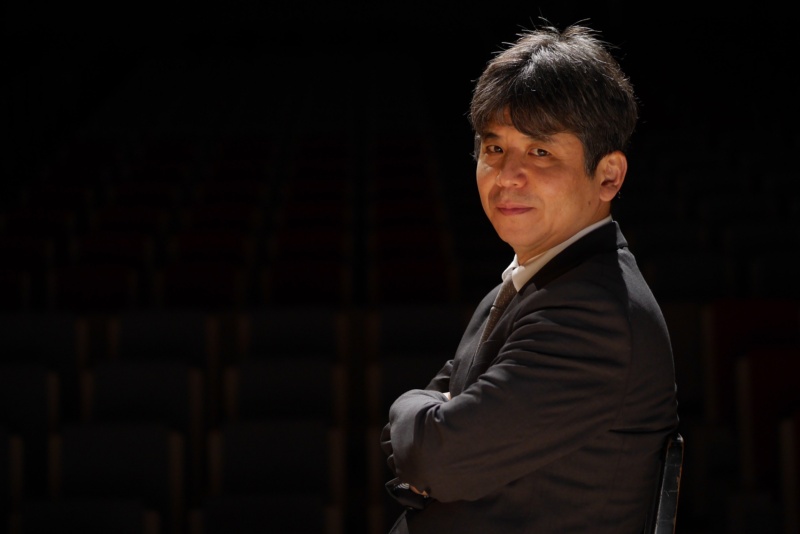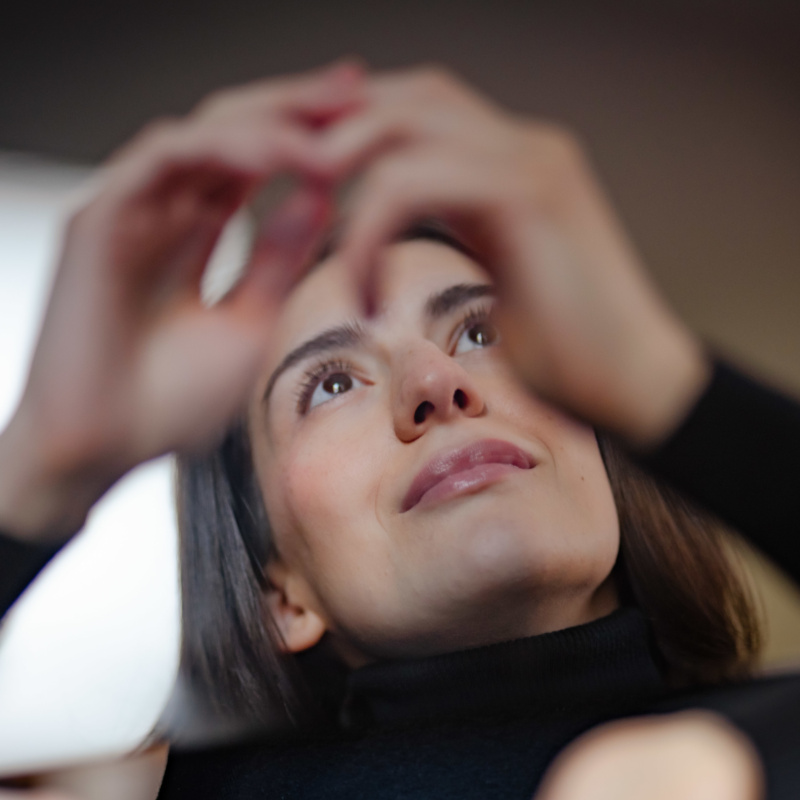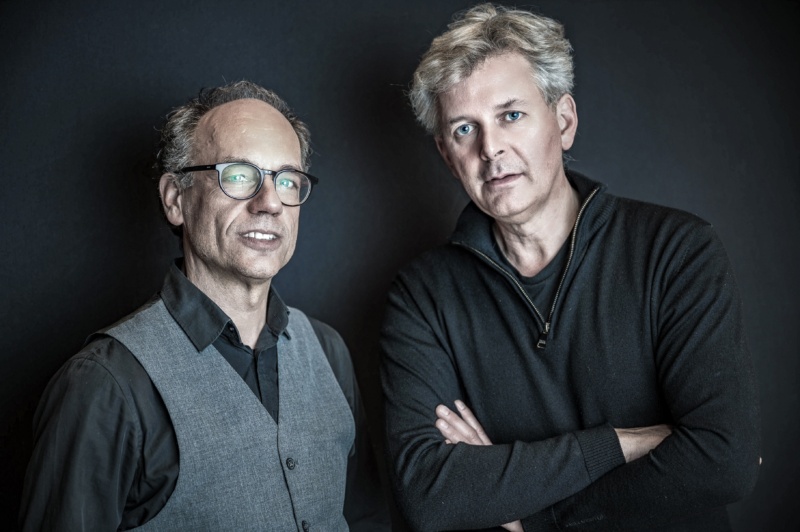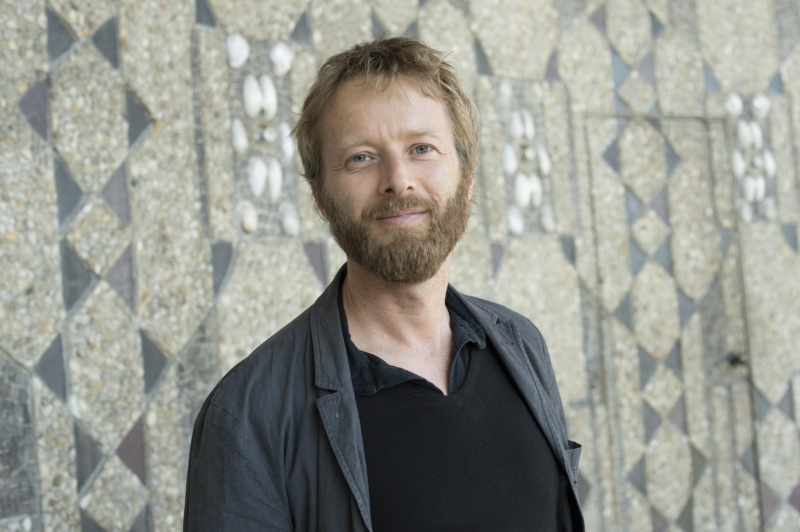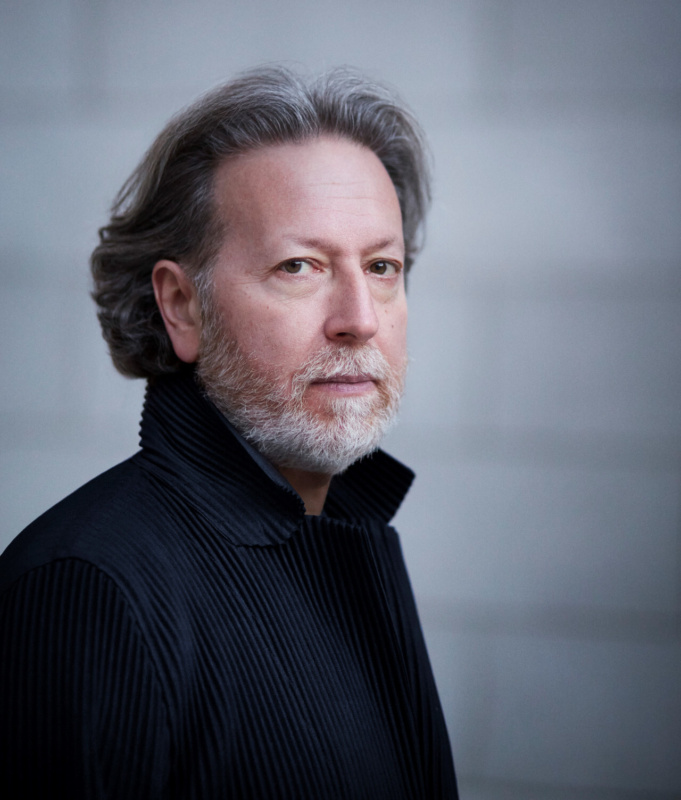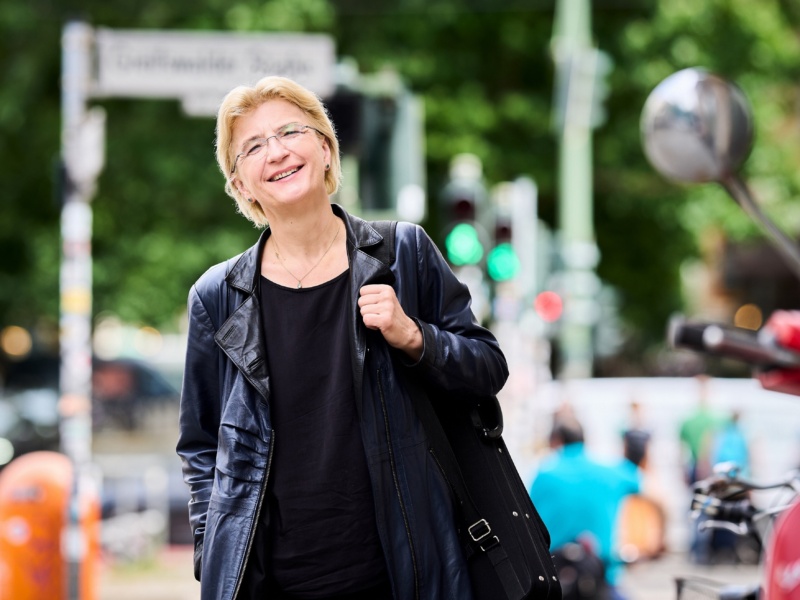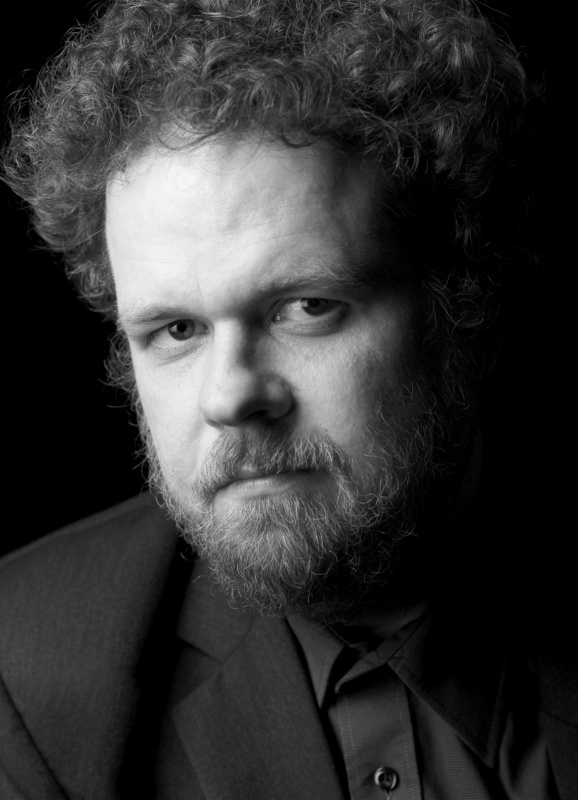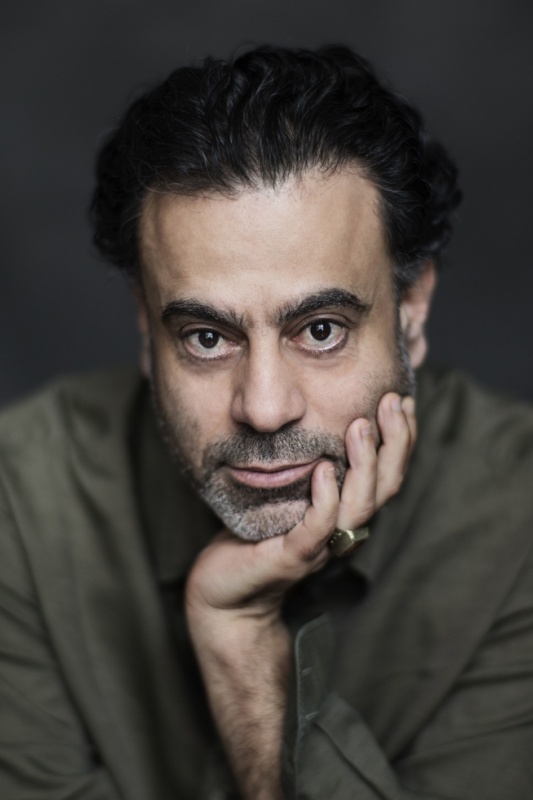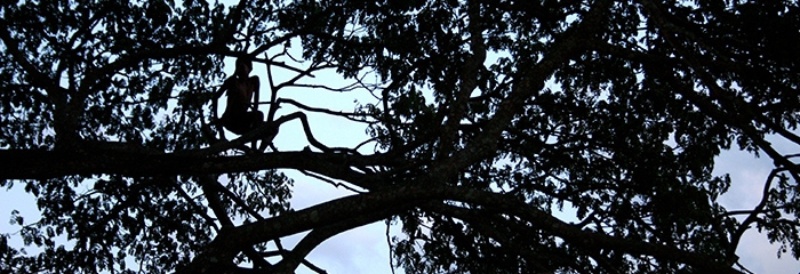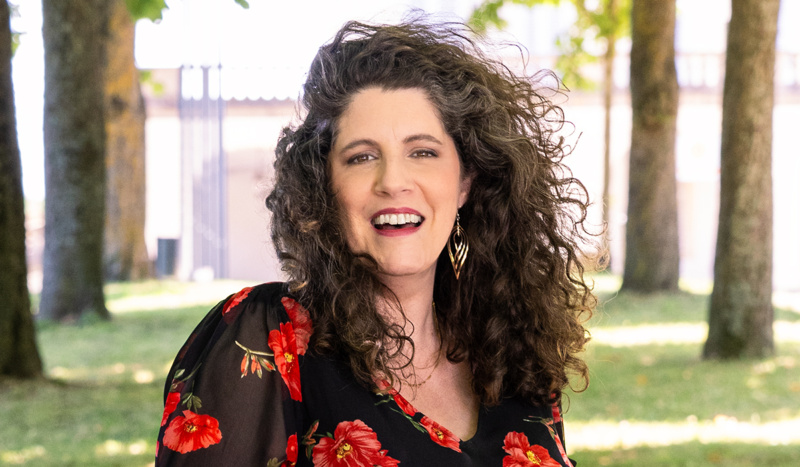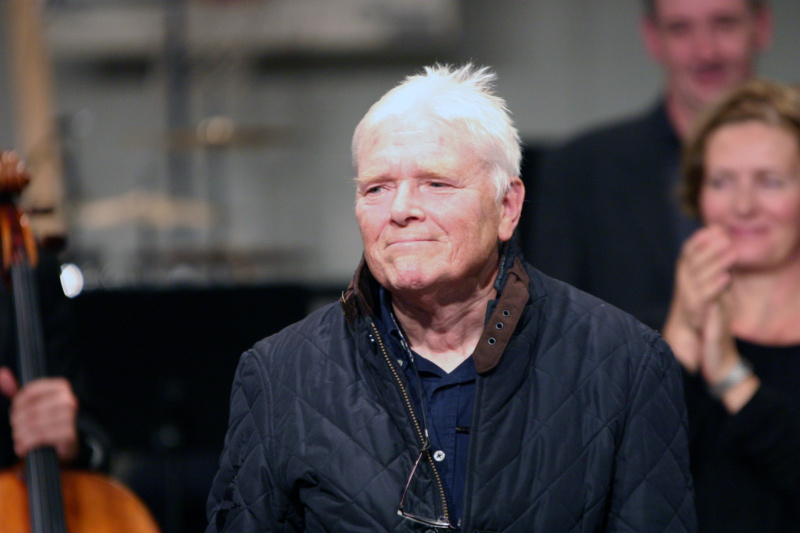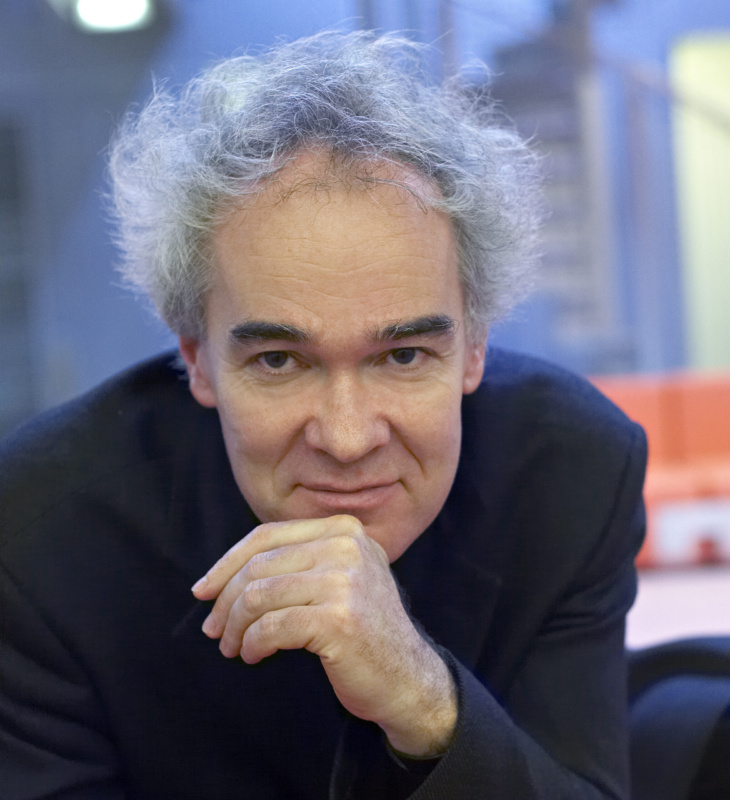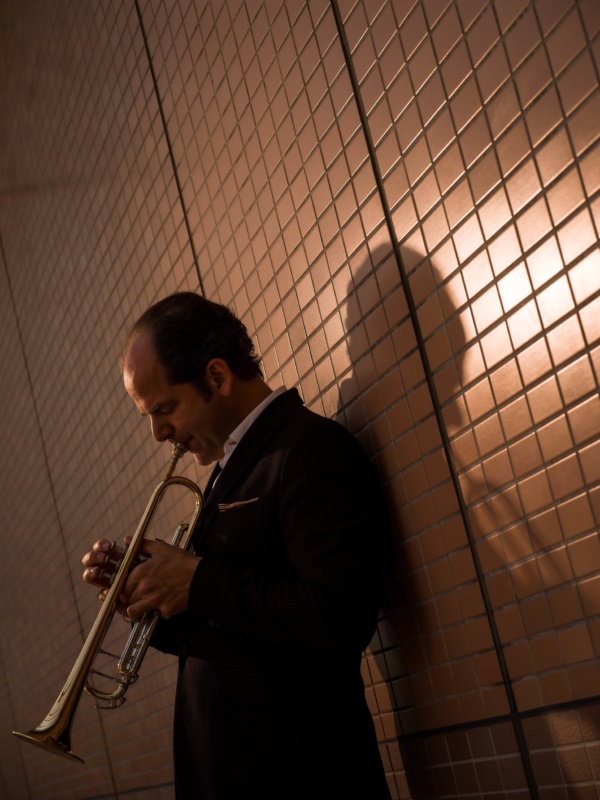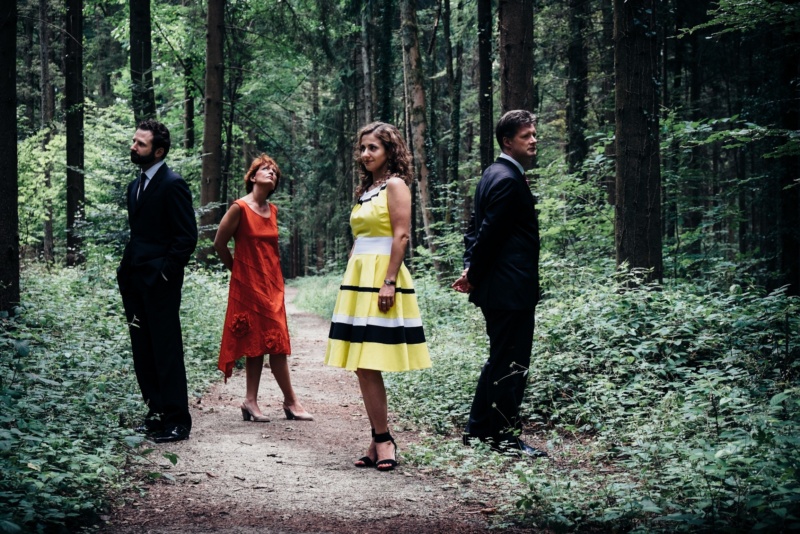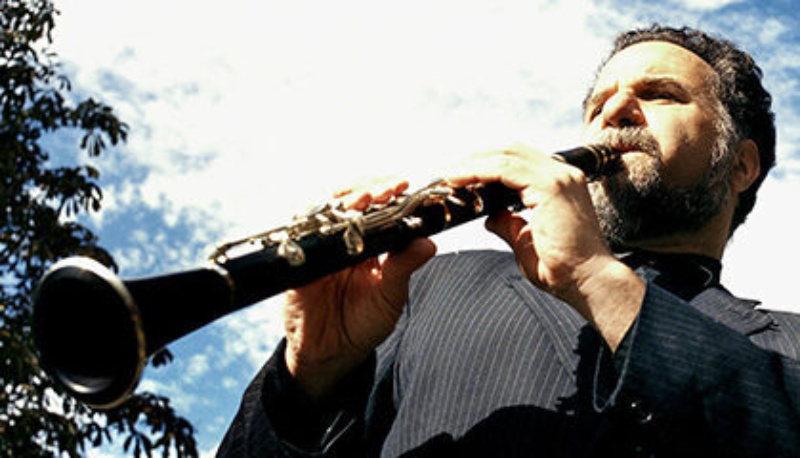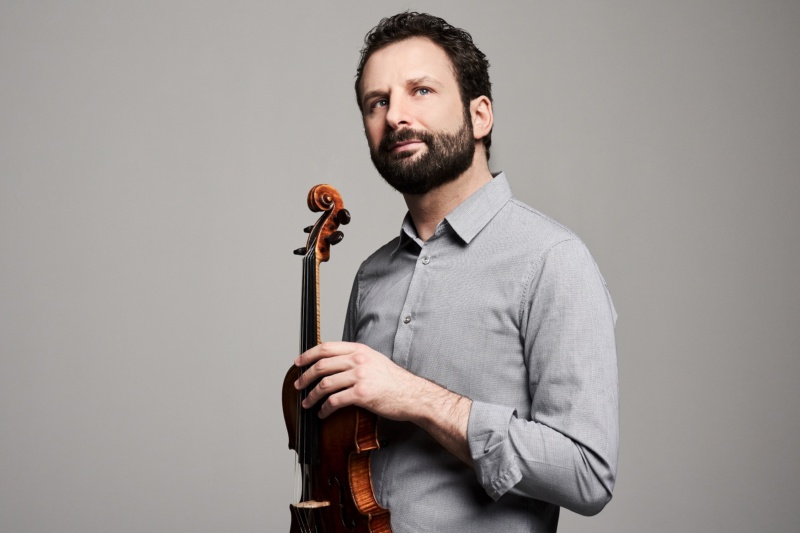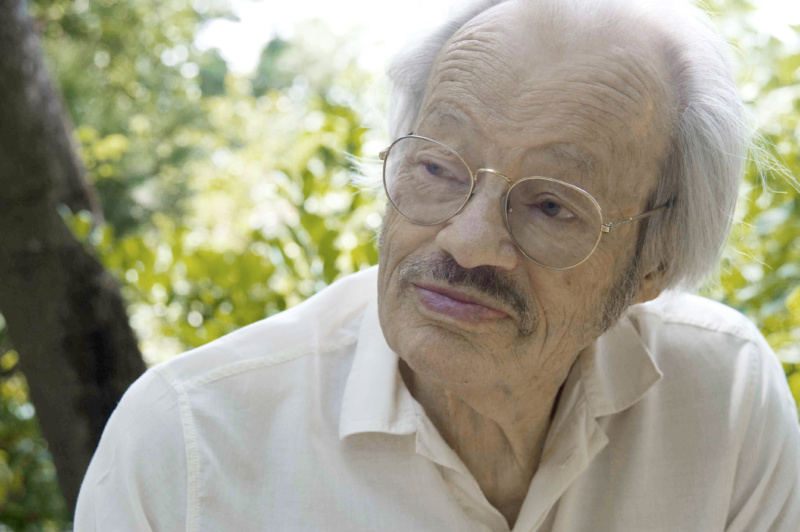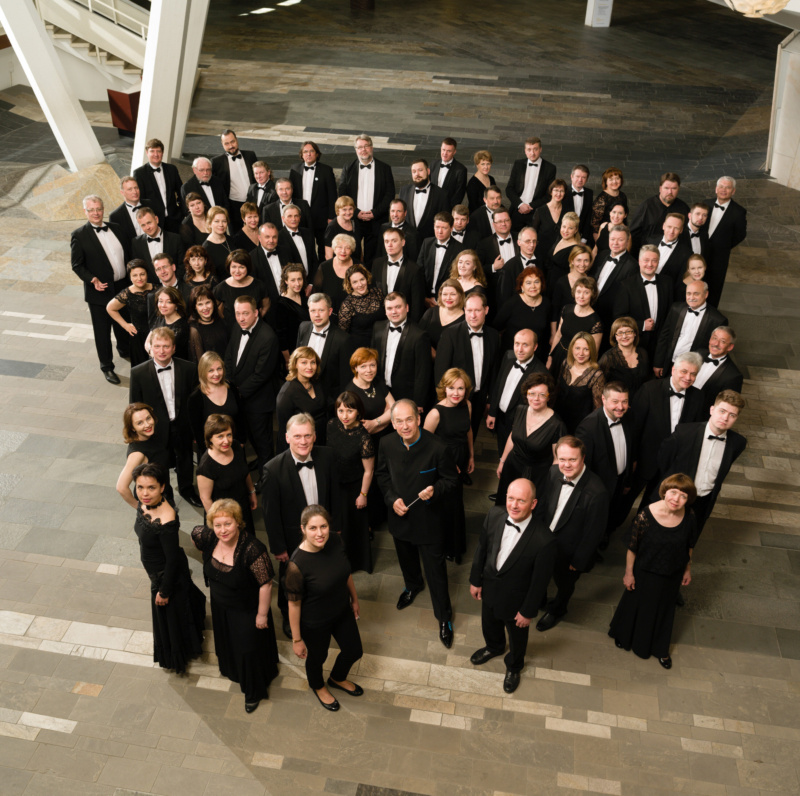We met Carlotta Dalia before her duo concert with her partner, violinist Giuseppe Gibboni, in Potsdam. She just returned from a concert tour to Brazil. "The guitar is very popular in Brazil, as it is throughout South America; people there mainly play seven- or eight-string instruments," she explains. But also the classical concert guitar is much more commonly heard than in Europe. "In Sao Paulo, there is a guitar series every season."
"The guitar is a very young instrument," she continues, referring to the concert guitars in use today, which go back to the instruments built by Antonio de Torres in the 19th century. "Correspondingly, the compositions for the instrument are young. In this short time, the classical guitar has undergone a huge development – and I feel we haven't shown that enough yet." For her, this means that the instrument makes it possible to offer audiences new listening experiences, even with core repertoire.
This core repertoire is connected to one big historical figure in particular: "Andrés Segovia has anchored the guitar in the concert hall. Castelnuovo-Tedesco, Villa-Lobos, Mompou, and many other composers wrote guitar concertos and solo works for him. Segovia was also the first classical guitarist to make transcriptions from the Baroque period. He laid the groundwork," says Carlotta Dalia, who designed her recital in Sao Paulo around solo works associated with Segovia – on an instrument that the masterful guitarist himself played for several years. The guitar built by Hermann Hauser I in 1939, on which she regularly performs, was made available to her by the Adopt a Musician Foundation.
"It is a great responsibility and also a great emotion," says the guitarist, who believes that working with historical instruments is essential. "For me, the first guitar with an important previous owner was Ida Presti's, which I used to record her compositions." The French musician, who died in 1967 aged just 42 and whose 100th birthday will be celebrated in 2024, is considered by many to be the best guitarist of the 20th century. "It was really emotional, because this guitar sounds like Ida Presti's recordings. It's perhaps obvious that it has to be like that, but when you hear it under your own fingers, it's amazing. I found many solutions on this guitar, fingerings that I would have done completely differently on another guitar. I had the feeling that I was playing with this special ear, this spirit, this phrasing."
"I've also played Paganini's guitar, a Gennaro Fabricatore. A wonderful instrument, but thin like a rock guitar, the shape is very small, the frets are shortened at the lower end – everything is different. But you can play all these instruments, and they tell you a lot to really understand the poetic meaning of the composer." She takes a critical view of skipping this step. "We have to play on modern instruments," she admits, also referring to her much-loved modern concert guitar by Matthias Dammann, made available to her from another collection. "Not that you can't play Paganini on the Dammann. But you should still remember this sound and this approach and find a good balance."
Carlotta Dalia's rough rule of thumb for her choice of instrument at the moment is accordingly: the Hermann Hauser guitar, which is difficult to play, but with a unique sound quality, for solo concerts and recordings. And the more powerful Dammann guitar, usually even unamplified, for chamber music and orchestral concerts – as recently with the Swedish Chamber Orchestra, with whom she interpreted Castelnuovo-Tedesco's Guitar Concerto No. 1. "Castelnuovo-Tedesco, Paganini, Guiliani, Carulli... There are so many wonderful concertos for guitar and orchestra in the classical repertoire," she enthuses. "Of course, we guitarists know these works inside out. But for many other people, they are completely new!"
"Basically, you can play almost any repertoire on the guitar, including Ravel and Debussy, for example. I've just transcribed Tartini's Trillo di Diavolo with Giuseppe. The repertoire of this period, the basso continuo part, is wonderfully suited to the guitar. Perhaps this sound is even closer to the harpsichord than a modern piano." Music originally composed for the lute, including Bach's lute suites, also plays an important role for her, as does – at the other end of the repertoire scale, so to speak – new music.
Regardless of the repertoire, it is an important goal for Carlotta Dalia not to cater to a specialised audience. "I would like the guitar to become more and more part of the normal seasonal programmes." To achieve this, she sees a need for action both in the concert business and among the musicians themselves. "Some of our best guitarists have almost exclusively played at guitar festivals," she explains.
Carlotta Dalia observed different understandings of the roles as a guitarist already when studying with her formative teachers. "For me, Aniello Desiderio is the teacher who above all taught me intuition and feeling. He is a genius. In his concerts – I'm not joking – most people cry at the end, whether they're guitarists or not. He takes you wherever he wants. He could be the Maurizio Pollini of the guitar – when he was young, he played with the Berlin Philharmonic." Carlo Marchione gave her completely different facets: "He is the one to whom I owe my knowledge, also about transcriptions and the approach to the repertoire, he stands for a new way of thinking, the spirit, for ideas – a universal musician." Even before that, she had lessons with Alessandro Benedottelli and thus also had access to his collection of historical guitars, which she was allowed to play. The foundation for her interest in older instruments was already laid back then.
With this approach, the lessons were a complete contrast to the first words Carlotta Dalia heard as a child in connection with the instrument of her dreams, which were: "Don't touch it!" The guitar in her parents' house, old and dilapidated, slumbering in an instrument case, the electric guitar of her babysitter's daughter – objects of desire that were not to be touched. When she was allowed to play one note in a children's group performance with hand bells – the teacher accompanied Brother John on the guitar of all things – the frustration became unbearable, as she laughingly recounts. Her parents finally understood and sent her to her first guitar lessons. Since then, Carlotta Dalia has fortunately never let go of the instrument.
Nina Rohlfs, 11/2023
